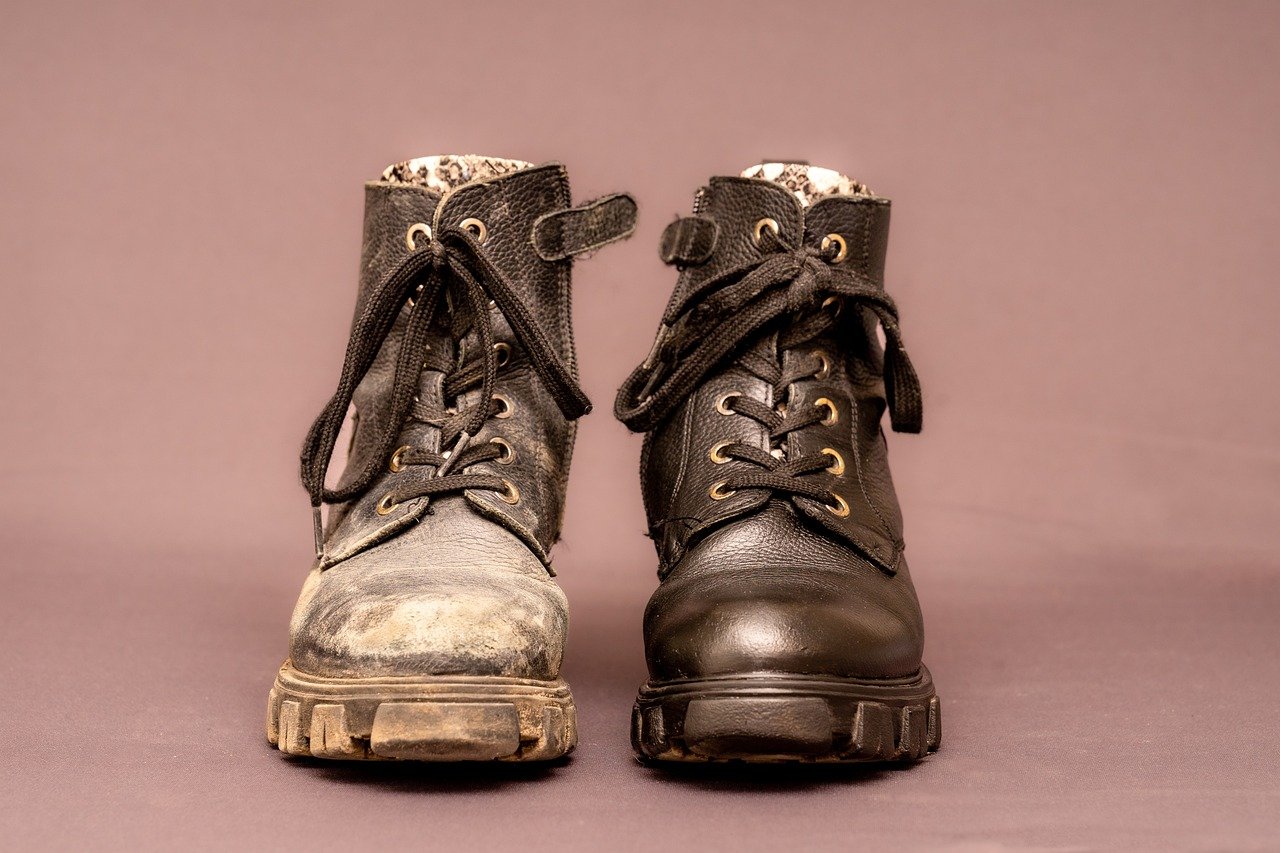Have You Looked At Your Shoes Recently?
When was the last time you took a good look at your shoes? And no, I am not talking about how stylish they are. What I mean is really examining them at the soles. The wear and tear on your shoes can reveal a lot about your movement patterns, such as where you place the most pressure and what your habits are when you are walking or running. In fact, those wear patterns could help explain any nagging aches and pains you are feeling.
Here are some reasons why paying attention to your shoes matters:
Your Shoes’ Story
Every step you take places pressure on your feet in different ways. Over time, your shoes start to reflect that. The soles wear down in areas where you place the most weight or where your mechanics are a little off. These patterns can hint at whether your feet, ankles, knees, or hips might be compensating for an imbalance.
Common Wear Patterns on Shoes and What They Mean
- Worn Outer Edges (Oversupination): If you notice excessive wear along the outer edges of your shoes, it may indicate you are over supinating. This means that your feet aren’t rolling inward enough as you walk or run. Oversupination can place extra strain on the outer aspects of your ankle and foot. This can lead to shin splints over time and make the athlete prone to ankle sprains.
- Worn Inner Edges (Overpronation): On the flip side, if the inner edges of your shoes are more worn, you could be excessively pronating. Overpronation occurs when your foot rolls inward excessively, often leading to stress on your knees, hips, and even lower back. Overpronators may also experience arch pain or plantar fasciitis.
- Even Wear Across the Sole: A well-balanced shoe with even wear suggests that your gait is likely neutral. This is what we aim for—balanced distribution of weight as you move, minimizing the risk of injury.
- Heel Wear: Excessive wear on the heels of your shoes could signal a heavy heel strike. You can also listen for how loud your foot lands the floor. This could lead to more stress on not only your ankle and feet, but also your knees and lower back.
Why This Matters for Walkers and Runners
For avid walkers or running athletes, the way your shoes wear down is crucial. Your gait mechanics can lead to imbalances that place undue stress on your joints and muscles, potentially leading to injury. By checking your shoes regularly and addressing abnormal wear patterns, you can adjust your form, change your shoes before they cause injury, and even catch issues early enough to correct them with proper interventions, such as orthotics, footwear changes, ankle mobilization & strengthening, shock absorption, or gait retraining.
What to Do Next
Next time you feel an ache in your foot, ankle, or even knee, take a moment to inspect your shoes. This might be giving you clues about your movement patterns. If you are noticing uneven wear or feel unsure about what the patterns mean, it is a good idea to consult a physical therapist or specialist. They can help assess your gait, provide recommendations on corrective exercises, and suggest the right footwear to support healthy movement.
Bottom line? Don’t let your shoes wear you down. Keep an eye on those soles, and let them help guide you toward healthier, pain-free movement.



